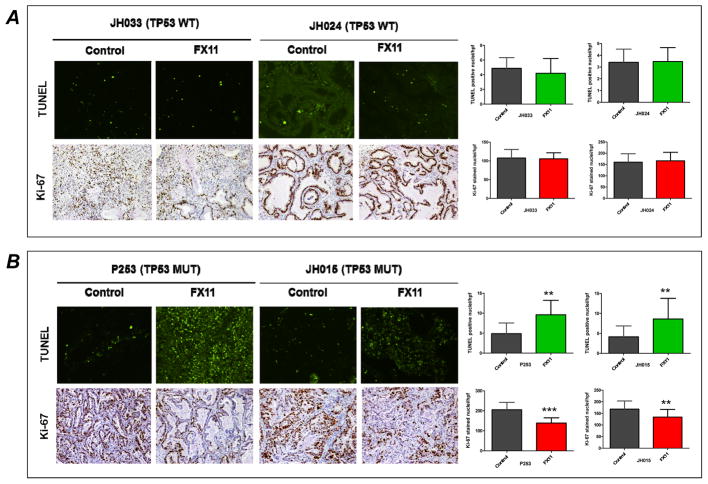Fig. 2. FX11 treatment induces apoptosis and inhibits tumor cell proliferation selectively in tumors with mutant TP53 status.
Immunohistochemical staining of TUNEL and Ki-67 in paraffin-embedded pancreatic tumors. Tumors resected on day 28 from vehicle and FX11 treatment groups (JH033, JH024, P253 and JH015) were used for analysis. Formalin-fixed, paraffin-embedded sections (5 μm) sections were stained for nuclear Ki-67 and TUNEL positive tumor cells. (A) Representative photomicrographs (20×) from TP53 wild-type tumors (JH033 and JH024). No significant induction of apoptosis or inhibition of Ki-67 was seen in FX11 treated tumors compared to vehicle treatment. (B) Representative photomicrographs (20×) from mutant TP53 tumors (P253 and JH015) showing that FX11 treatment significantly induced apoptosis and inhibits tumor cell proliferation compared to vehicle treatment. Quantification of TUNEL and Ki-67 positive tumor cells are shown on the right panel of figures. The data representative of mean ± SD were generated by evaluating five different high power fields (hpf) from three different tumors per group. **P<0.01, and ***P<0.005 compared to vehicle treated mice.

